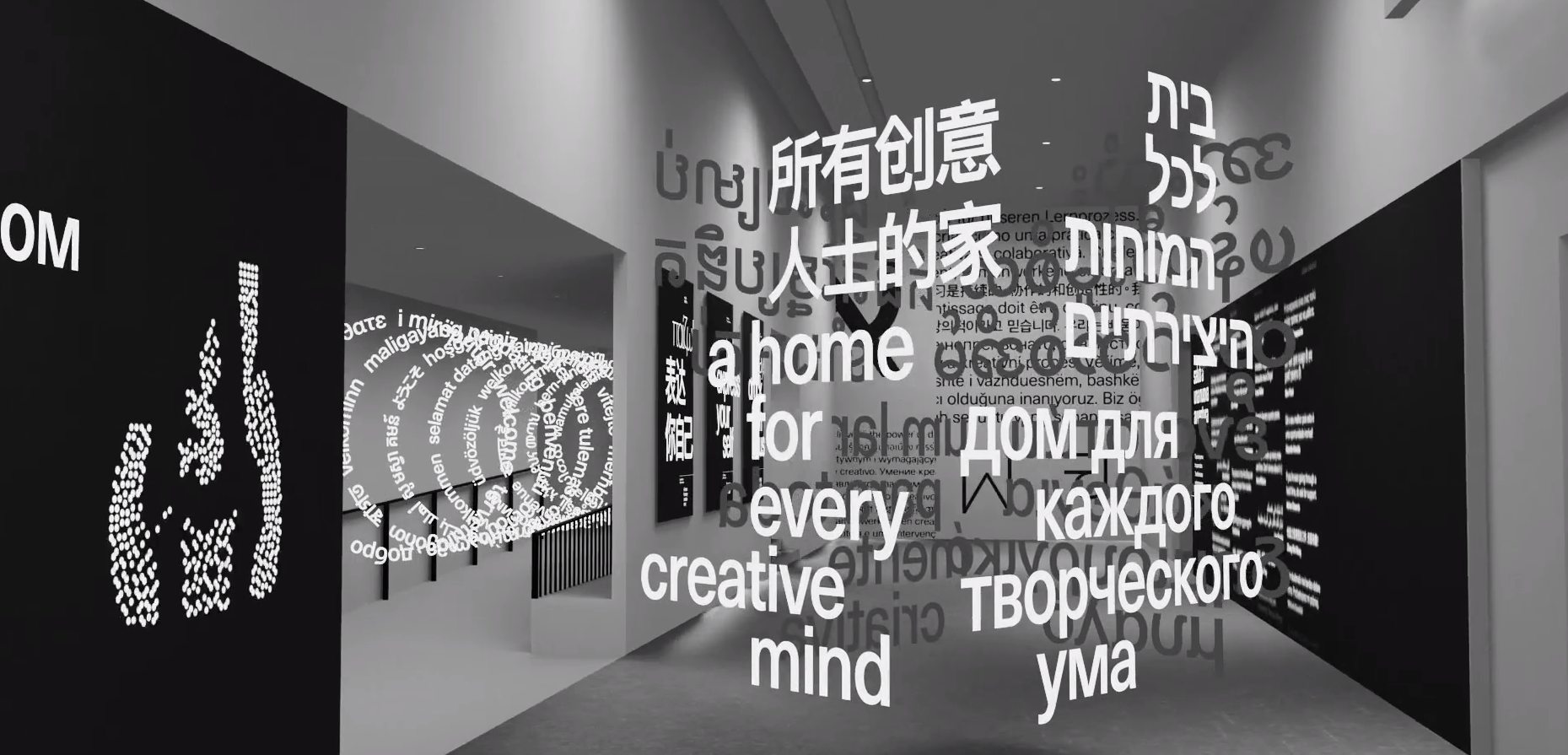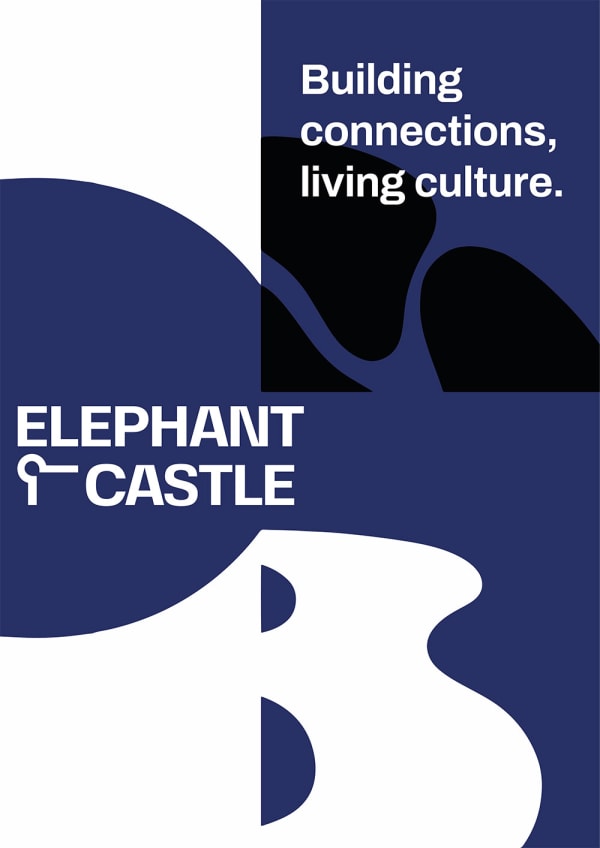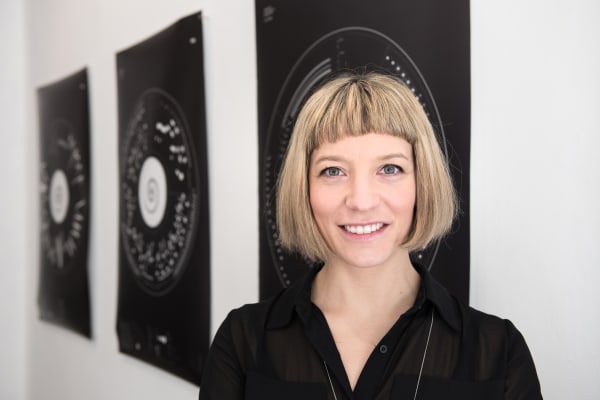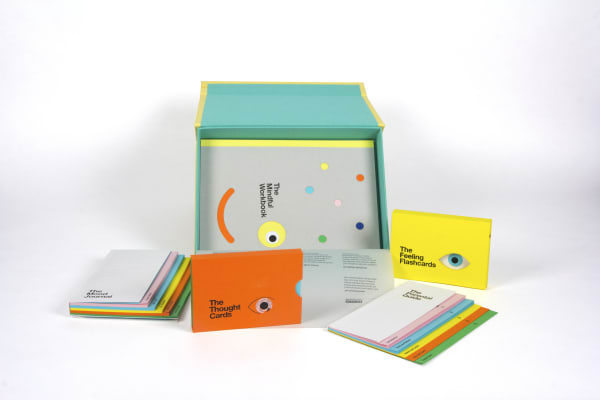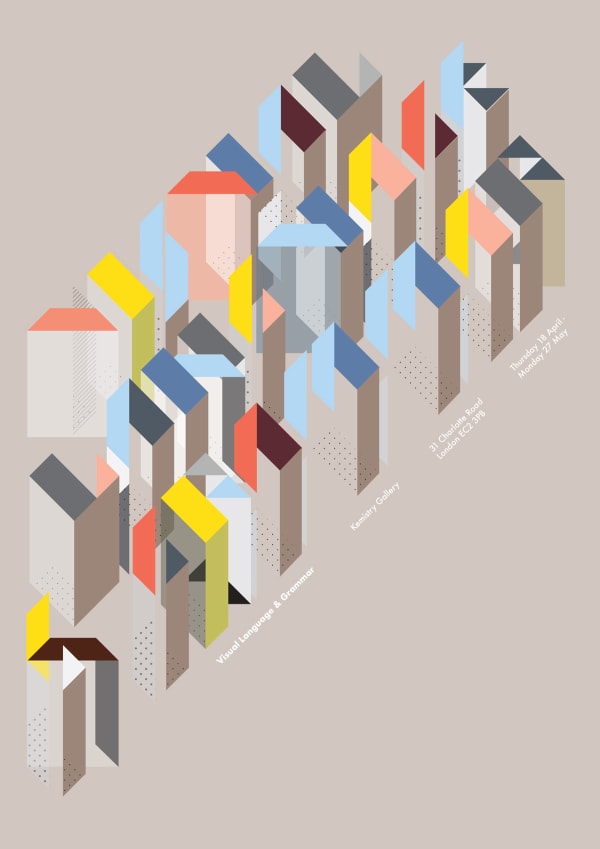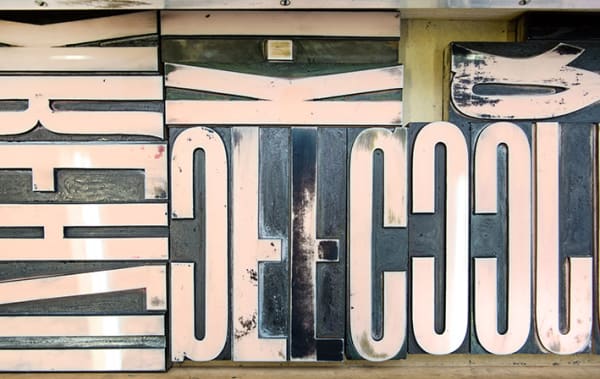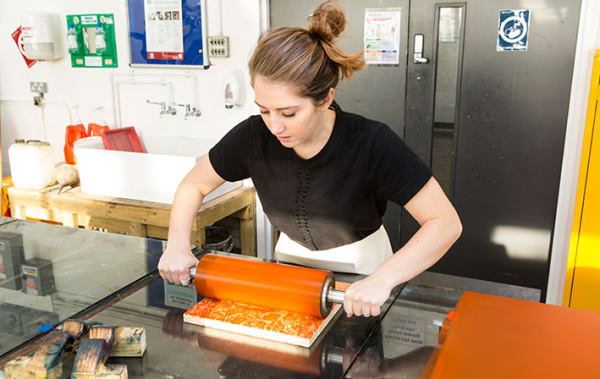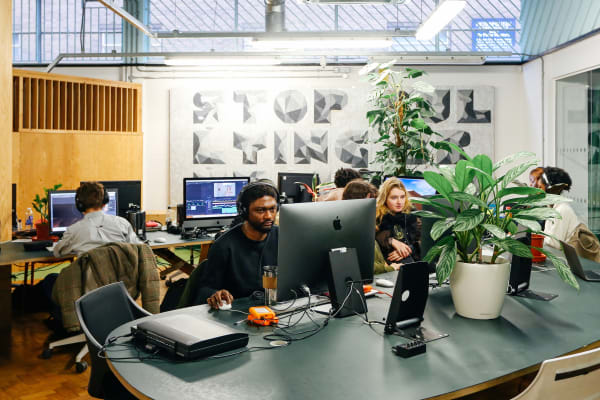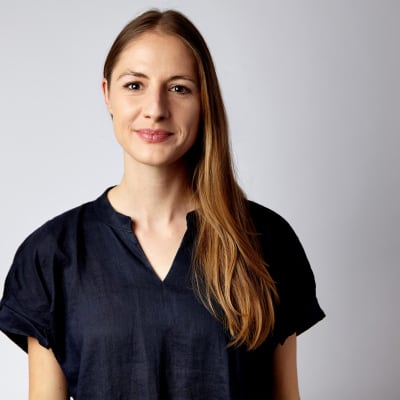Course units
We are committed to ensuring that your skills are set within an ethical framework, and we have worked to embed UAL’s Principles for Climate, Racial and Social Justice Principles into the curriculum and in everything we do.
As part of this initiative, we’ve shaped our courses around social and environmental sustainability principles that ensure learning outcomes reflect the urgent need to equip you with the understanding, skills, and values to foster a more sustainable planet. Our aim is to change the way our students think, and to empower you to work towards a sustainable future.
The Postgraduate Diploma course structure involves 5 units, totalling 120 credits.
Autumn, Term 1
Research and Development (20 credits)
You’ll be introduced to the key methods of investigation and research in the subject at postgraduate level.
Design Resolution (20 credits)
You’ll investigate and re-examine the main themes of graphic design such as visual language and grammar, hierarchy, structure, navigation, identity, etc. This unit will enable you to experience research and development methods in practice.
Professional and Academic Context (20 credits)
You’ll have an opportunity to undertake a choice of projects that places emphasis on your future professional or academic direction.
Spring, Term 2
Professional and Academic Context (continued)
Collaborative Unit (20 credits)
The Collaborative Unit introduces methods of working with others in different subjects and domains, industry, or research practice.
Project Proposal and Realisation (40 credits)
You’ll apply the knowledge and skills developed throughout the course to create a self-initiated design project based on extensive research, analysis, investigation and a clear research question. The project is supported throughout with weekly seminars and tutorials and will require you to propose, research and bring to completion a substantial practical project.
Summer, Term 3
Project Proposal and Realisation (continued)
Should you exit the course, a Postgraduate Certificate may be awarded on successful completion of the first 60 credits.
